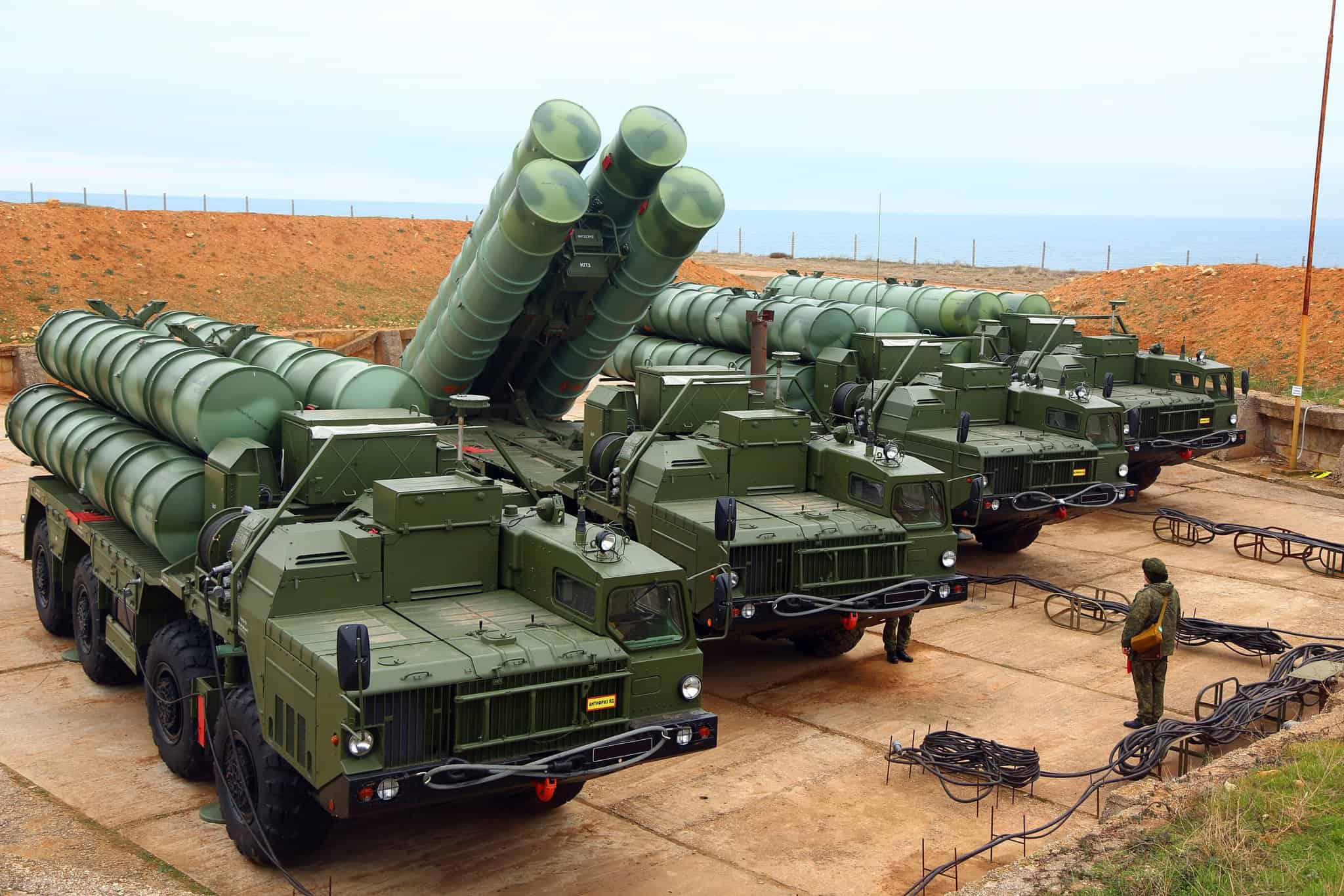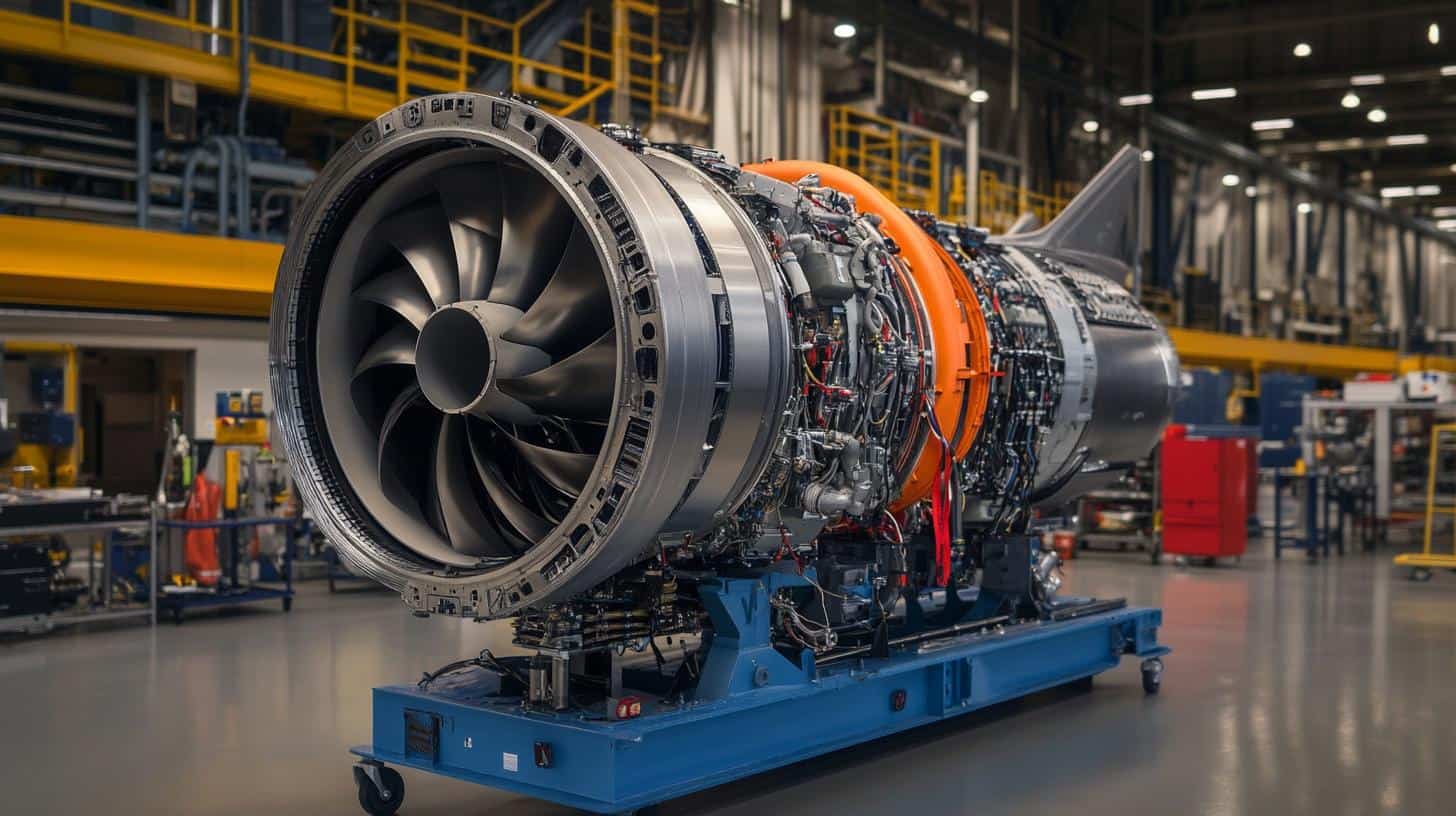A recent video has surfaced online, highlighting the operations of the An-30 reconnaissance aircraft, which belongs to the Russian Aerospace Forces, as it traverses the skies above Syria, particularly in the region surrounding Idlib, near Aleppo. This flight raises eyebrows, especially in light of ongoing reports suggesting a potential offensive by Syrian opposition factions towards Aleppo.
This incident draws attention to the possibility of escalating military tensions in Syria. Observers note that the An-30, a relatively rare type of reconnaissance aircraft, is being utilized in a modern combat environment, which is somewhat unexpected given the aircraft’s characteristics and capabilities. Current estimates suggest that the Russian military has a limited number of these An-30 aircraft in operation, with only four actively deployed, as contrasted with around fifty Su-24MR reconnaissance aircraft available to them.
Notably, there have been prior mentions of Western aircraft coming dangerously close to the An-30 during its missions over Syrian airspace. While such encounters were reported during the summer of 2024, this recent footage marks the first visual confirmation of the An-30 in Syrian airspace.
The An-30 is specifically designed for aerial cartography, requiring close proximity to its targets for effective aerial photography. This operational requirement, combined with the limited threats present in Syrian airspace, has likely dictated its continued use in the region, where enemy air defense capabilities are minimal.
The Impact of Military Reconnaissance Operations in Syria
The recent emergence of footage featuring the An-30 reconnaissance aircraft operating over Syria underscores the complexities and heightened tensions within the region. This particular incident, which involves Russian military assets, can significantly influence the lives of people, communities, and even entire nations involved in the Syrian conflict.
Heightened Military Tensions
The operations of the An-30 in the skies over Syria, particularly around Idlib and Aleppo, indicate a potential escalation in military activities amidst ongoing conflicts. As the Syrian opposition factions gear up for offensive actions, the presence of Russian reconnaissance aircraft could alter the strategies employed by these groups. The reliance on antiquated yet specialized aircraft like the An-30 highlights the intricate layers of modern warfare where older technology can still play a crucial role. This can lead to increased violence on the ground, impacting civilian lives and humanitarian efforts.
The Human Cost
The resurgence of military activities, linked to reconnaissance flights and the imminent threat of offensives, has profound implications for the civilian population in and around Aleppo. Reports indicate that increased military presence can result in heightened airstrikes and ground operations, displacing more people and potentially leading to casualties. According to the United Nations, millions of Syrians continue to live in precarious conditions due to ongoing conflicts, with funds for humanitarian aid dwindling while the need for assistance remains high. The operation of aircraft like the An-30, which is designed for close reconnaissance, may further exacerbate these human tragedies.
Controversial Military Engagements
The involvement of various military forces in Syrian airspace, including the West, raises eyebrows and leads to controversies regarding sovereignty and international law. Western aircraft have reportedly approached the An-30 during its missions, suggesting tensions not only between opposing ground forces but also amongst the aerial stakeholders. Such close encounters can lead to dangerous confrontations that could spiral into larger conflicts, affecting diplomatic relations between nations involved.
Strategic Use of Limited Resources
The rarity of the An-30 within the Russian military arsenal—with estimates indicating that only four are operational—demonstrates a strategic decision to utilize what is available effectively. Despite its primary design being for aerial photography and cartography, the choice to deploy the An-30 in a conflict zone reflects the need to gather intelligence with minimal risk. However, it also highlights the utilization of outdated technology in modern warfare scenarios, prompting discussions about the future of military engagements in the region.
Looking Forward
The implications of the An-30’s operations extend beyond immediate military strategy. They touch on humanitarian crises, geopolitical relations, and the unfolding of international law concerning airspace sovereignty. As tensions rise and the situation on the ground evolves, all eyes will remain on Syria, where every maneuver carries the weight of its complex history intertwined with human lives and global politics.
For more information on the ongoing situation in Syria and international military involvement, visit the main domain of [Reuters](https://www.reuters.com) or [BBC News](https://www.bbc.com).
The article has been updated: 2024-11-02 23:24
Here are some suggested related links:
1. Russia Beyond – A source for news and analysis on Russian affairs, including military activities and international relations.
2. Al Jazeera – A global news network providing coverage and analysis on Middle Eastern conflicts, including the war in Syria.
3. BBC News – A trusted news organization that reports on global events, including military operations and geopolitical issues in Syria.
4. Reuters – An international news organization known for its timely and factual reporting on military developments worldwide.
5. Defense News – A leading source for news and analysis on military and defense issues, including related coverage of Russia’s military activities.
6. CNN – A major news outlet providing updates and analyses on international conflicts, including Russia’s involvement in Syria.
7. France 24 – An international news channel offering a French perspective on global affairs, including coverage of the Syrian conflict.
8. Deutsche Welle (DW) – Germany’s international broadcaster that provides in-depth reporting on European and global issues, including the situation in Syria.
9. The Hill – A news source focusing on politics, policy, business, and international relations, offering insights on military engagement in the Middle East.
10. Military Times – A news website dedicated to military and defense issues, providing updates on operations and strategies concerning Russian involvement in Syria.
The article has been updated. 2024-11-05 23:38
What are the implications of Russian aircraft conducting surveillance operations over Syria?
The implications of Russian aircraft conducting surveillance operations over Syria are multifaceted. Firstly, it underscores Russia’s strategic military presence in the region, reinforcing its role as a key player in the Syrian conflict. This activity may also heighten tensions with other nations involved in the region, especially Western countries and their allies, who may view such surveillance as a provocative move. Moreover, it raises concerns about the monitoring of military movements and humanitarian conditions, which could affect the dynamics of ongoing peace negotiations and ceasefire agreements. Overall, Russian surveillance efforts could influence both the military landscape and diplomatic relations among countries engaged in or affected by the Syrian crisis.
















